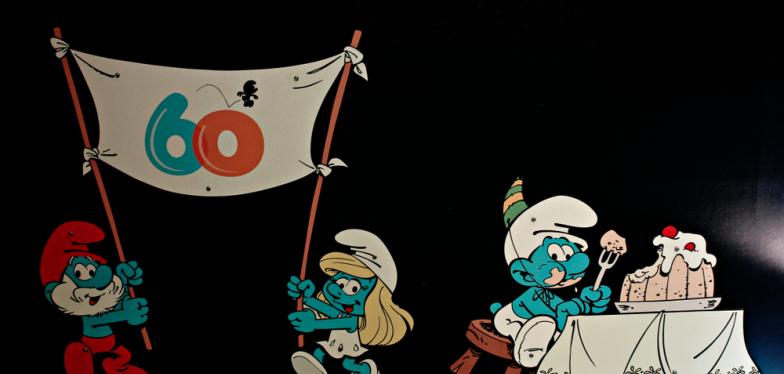There are many heroines in Belgian comics?

While women have never been completely absent from Belgian comics - we can name Bobette (Suzy), Zette, Bianca Castafiore, and Mademoiselle Jeanne - these were characters who worked together with their male accomplice or as a more or less adventitious character. Also worth mentioning are the transitional heroines who went from being a secondary character to a fully fledged heroine. This is the case with Seccotine, an investigative journalist always on the edge of a scoop, created by Franquin as early as 1953; she had to wait until 2007 to become the main character of an album of Spirou's adventures (The Tomb of the Champignacs), or even Smurfette, whom Peyo created in 1967 and who played an increasingly important role in the Smurfs' adventures until she becomes the star.
However, it was not until the end of the 1960s that we saw independent, valued heroines. The pioneers were Comanche, a young landowner from the American West (1969), Natacha, the stewardess (1970) and Yoko Tsuno, the Japanese electronics engineer (1970). Heroines have been a constant presence in Belgian comic strip art for the half-century since then. Aria, Michel Weyland's medieval warrior who first appeared in 1979 in the pages of Tintin magazine, continues to defend the weak. Mélusine, a witch with a strong character created in 1995 by Clarke and François Gilson, already stars in 24 albums. From 2001 to 2016, we followed the adventures of Jade, in the Djinn series. Kriss of Valnor plays a prominent role in several adventures of Thorgal, a Belgian heroic fantasy comic set against the backdrop of Scandinavian mythology. Since 2018, in "The Wolves of La Louvière" by Flore Balthazar, we have been fascinated by the journey of the La Louvière women who resisted the Nazi occupation.
Proof positive that women also play a leading role in the world of Belgian comics.